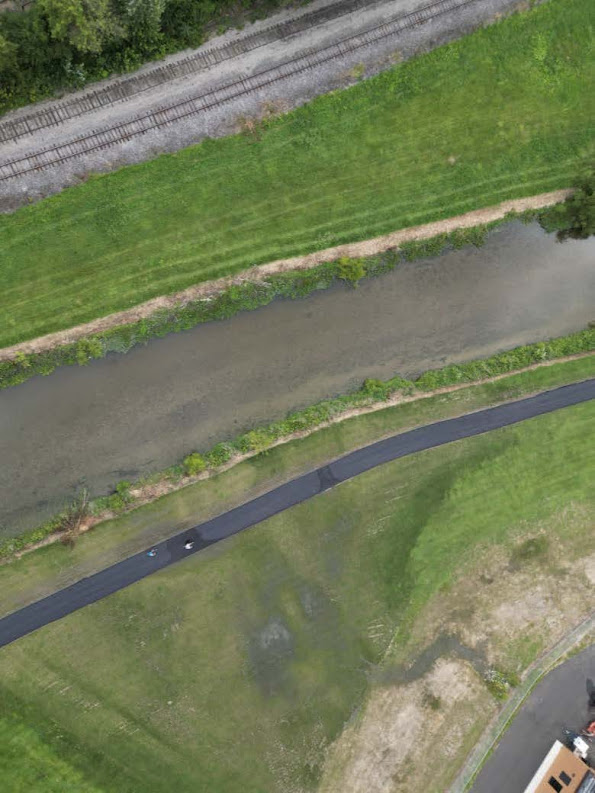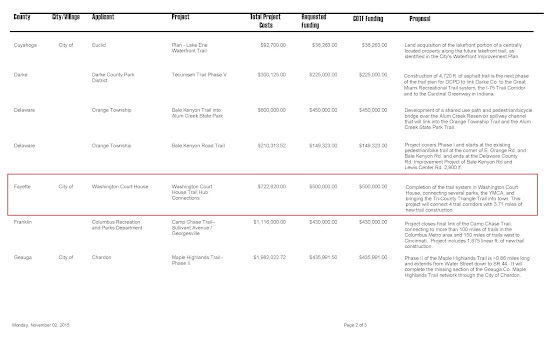Washington Court House Bike Path and the Birth of Fayette Citizens League
Hello, everyone!
This is our inaugural newsletter, and we have a lot to discuss. Our primary focus will be providing both new and existing information about the project aimed at addressing the bike and pedestrian traffic issues that have emerged in Washington Court House over the past few years. The story behind this project is quite fascinating when presented as a timeline – and more surprising than you can imagine.
The image below provides a brief overview of this newsletter, which is perfect if you don't have the time to read everything right now.
Pedaling to the starting line
This entire story began when a group of concerned citizens noticed heavy pedestrian and cyclist traffic at the road and intersection behind Kroger. This area was frequented by seniors and children on mobility scooters and bicycles, often sharing the road with a significant number of cars and trucks, some of which were speeding dangerously around the corner. Not to mention there is also 2 train tracks intersecting with the road.
Recognizing the danger, we decided to take action and approached the city to request the construction of a bike path that would provide a safer alternative route to this side of town.
Map Mayhem
A citizens' group presented a map to the City Council addressing safety concerns and pedestrian crossings at the busy intersection. Although the council initially hesitated, they later embraced the idea and were prepared to proceed with it at the next meeting.















Comments
Post a Comment